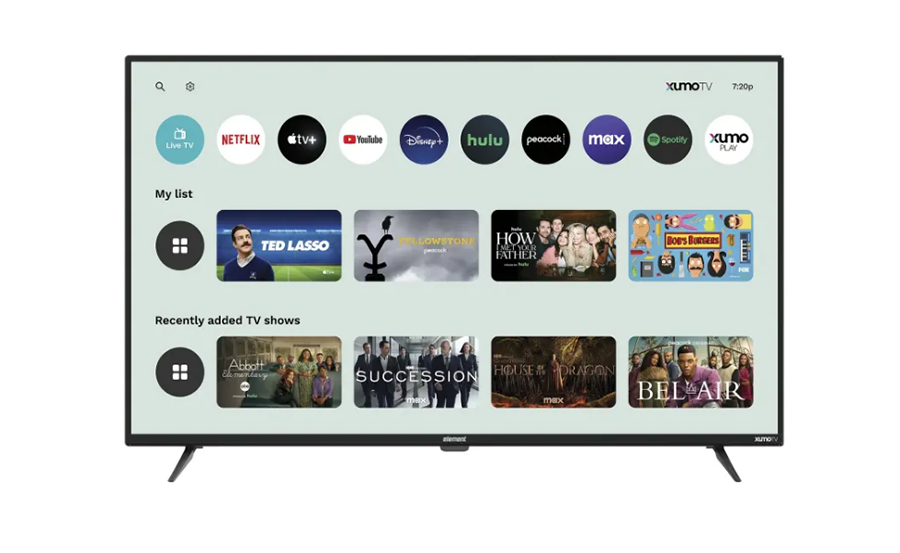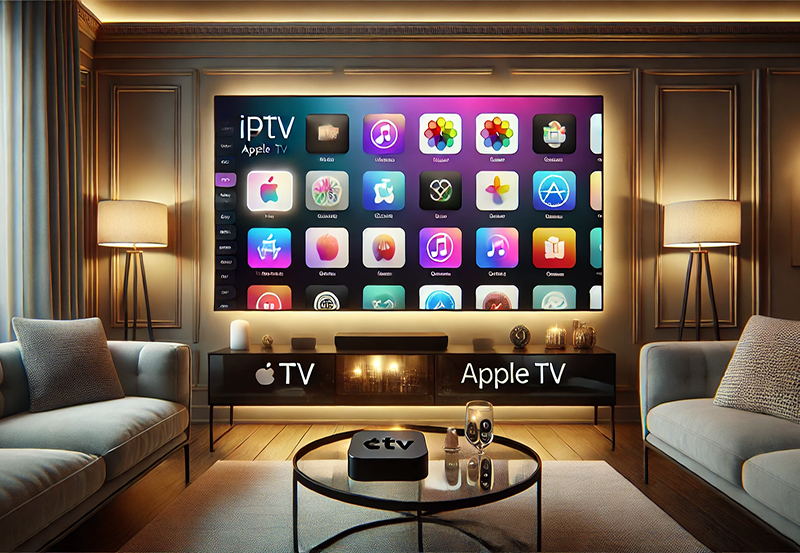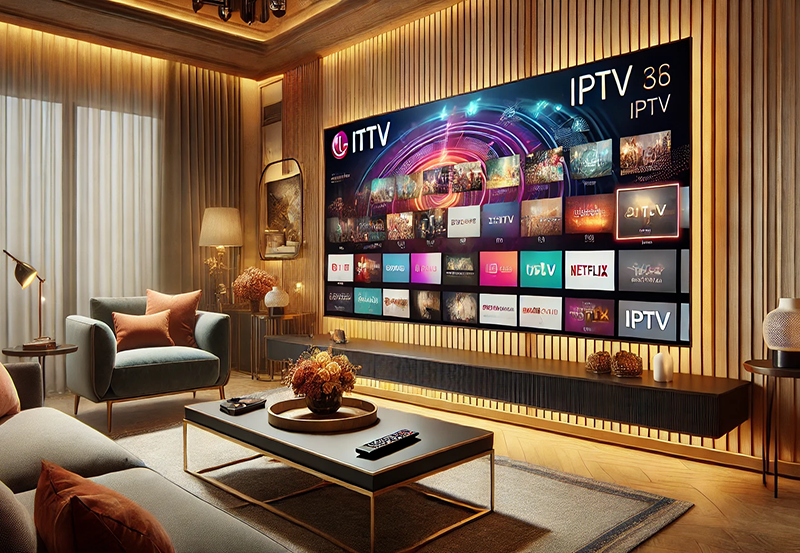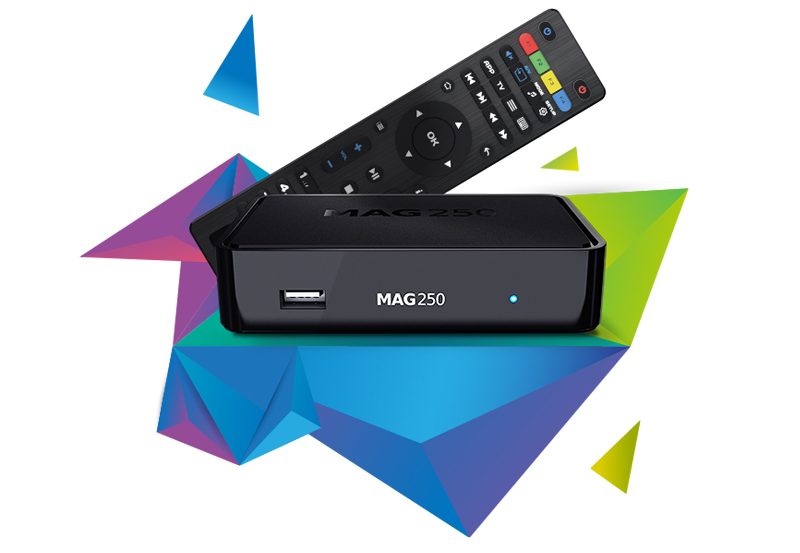In the rapidly evolving world of technology, few products have transformed as significantly as the television. From bulky cathode ray tube sets to sleek, modern smart TVs, the way we consume content has been revolutionized. Element Smart TVs have been at the forefront of this evolution, continuously adapting to meet the needs of the modern viewer. In this article, we explore the journey of Element Smart TVs over the years, highlighting key changes and advancements that have shaped the way we experience entertainment today.
The Early Days of Element Smart TVs
In the early 2010s, Element Electronics ventured into the realm of smart TVs, joining the wave of innovation sweeping the home entertainment sector. Initially, these TVs offered basic internet connectivity and access to a limited range of streaming TV apps. This enabled users to access popular platforms like Netflix and Hulu directly from their TV sets, eliminating the need for external devices like streaming boxes or HDMI connections.
The first generation of Element Smart TVs focused on simplicity and accessibility, catering to a growing audience interested in cutting the cable cord. Although these early models faced limitations in their operating systems and user interface design, they marked an important step toward integrated home entertainment systems. Element aimed to offer cost-effective alternatives without compromising on essential smart features.
Pro Tip:
Stream live sports and entertainment seamlessly with Top IPTV subscriptions for unparalleled quality and performance.
Enhancing Picture Quality with Advanced Displays
As the smart TV market grew, consumers demanded better picture quality and higher resolutions. Element responded by incorporating LED and OLED display technologies into their smart TVs. These displays offered more vivid colors, deeper blacks, and greater energy efficiency compared to the older LCD models.
The introduction of 4K resolution was another significant milestone, bringing cinematic viewing experiences into the living rooms of ordinary consumers. With 4K, viewers could enjoy detailed and immersive visuals, exploding the limitations previously associated with conventional high-definition TVs. Element smart TVs embraced these changes, ensuring their products remained competitive and desirable in a crowded market.
Adaptive Refresh Rates and HDR
To complement the high-resolution advancements, Element began integrating adaptive refresh rates and High Dynamic Range (HDR) technology. These improvements further enhanced motion clarity and color accuracy, crucial for sports enthusiasts and movie buffs.
HDR, in particular, transformed how content was portrayed, offering a broader range of colors and contrast levels. Element’s commitment to keeping pace with these advancements positioned their smart TVs as a compelling option for those seeking quality without exorbitant costs.
Integration of Intelligent Features
The transition to smart TVs wasn’t limited to hardware improvements. Element also focused on integrating intelligent software features to improve user engagement and accessibility. These features included voice recognition technology, enabling users to navigate their TVs using simple voice commands.
Streaming TV apps became more sophisticated, with seamless integration of various IPTV service provider comparisons. This allowed users to effortlessly explore the best in IPTV entertainment, accessing a wide array of channels and on-demand content with ease.
Artificial Intelligence and Machine Learning
With each new iteration, Element smart TVs became smarter. By incorporating AI and machine learning algorithms, these TVs could suggest personalized content based on users’ viewing habits. This level of customization not only optimized the user experience but also opened new avenues for content discovery.
AI-driven recommendations ensured that viewers spent less time searching and more time enjoying, creating a more satisfying and efficient entertainment routine.
User Interface and Software Updates
Element recognized the importance of a user-friendly interface in enhancing the overall smart TV experience. Over the years, the company introduced significant upgrades to their operating systems, making navigation smoother and more intuitive.
Regular software updates were a priority, ensuring that Element smart TVs remained competitive and compatible with the latest streaming TV apps and technologies. This commitment to maintaining a robust software ecosystem guaranteed an enjoyable and uninterrupted viewing experience for all users.
Cross-Compatibility and Ecosystem Integration
In addition to internal improvements, Element forged partnerships with ecosystem providers to enhance cross-compatibility. This strategic move allowed their smart TVs to seamlessly integrate with other smart home devices, enriching the overall user environment.
Whether controlling lights, adjusting air conditioning, or checking security cameras, Element smart TVs became central hubs in home automation systems, offering unrivaled convenience and connectivity.
The Importance of Affordability and Accessibility
While technological advancements remained a priority, Element consistently strived to make their products affordable. Recognizing the diverse needs of their audience, they offered a range of models catering to different price points, ensuring broad accessibility without sacrificing quality.
This dedication to affordability democratized the smart TV experience, allowing more households to enjoy the benefits of advanced entertainment solutions without financial strain.
Looking Ahead: Future Trends and Innovations
The future of smart TVs promises even more remarkable advancements, with Element poised to leverage emerging technologies to enhance user experiences further. As 8K resolution becomes more mainstream, we can expect even more stunning visual clarity and detailed imagery from future Element models.
Additionally, the convergence of augmented and virtual reality technologies with smart TVs is a prospect that could revolutionize how we interact with digital content. The potential for immersive gaming and lifelike simulations is immense, promising users an entertainment experience like no other.
Expanding Streaming Capabilities
As streaming platforms continue to dominate over traditional broadcast models, Element will likely enhance compatibility with a wide variety of streaming TV apps. Advanced content aggregation and customized recommendations will facilitate easier access to both niche and popular content, aligning with diverse user interests.
Furthermore, partnerships with IPTV service providers will continue to grow, ensuring users can explore the best in IPTV entertainment effortlessly. This will enable Element smart TVs to offer an extensive library of global content tailored to individual preferences.
Sustainability and Energy Efficiency
With an increasing focus on environmental responsibility, Element is expected to prioritize sustainability in future models. Energy-efficient technologies and materials will not only reduce environmental impact but also offer consumers cost-effective solutions.
Recyclable components and eco-friendly packaging will form part of a broader effort toward sustainability, aligning with evolving consumer expectations and regulatory standards.
The Essence of Evolution in Entertainment
As Element smart TVs continue to evolve, the commitment to innovation and consumer-centric design is evident. From humble beginnings to pioneering breakthroughs, the journey of Element smart TVs mirrors the technological transformations shaping our era.
With continuous improvements in picture quality, intelligent features, and ecosystem integration, these TVs offer more than just entertainment; they are gateways to limitless exploration and immersive experiences. As Element looks toward the future, their commitment to revolutionizing home entertainment remains steadfast, promising exciting developments for years to come.
Frequently Asked Questions

What are the defining features of Element Smart TVs?
Element Smart TVs stand out for their affordability and accessibility, offering features such as high-resolution displays, integrated streaming TV apps, and intelligent user interfaces. They also incorporate energy-efficient technologies for sustainable usage.
How do Element Smart TVs compare with other IPTV service providers?
Element Smart TVs provide seamless integration with a variety of IPTV service providers, allowing users to explore the best in IPTV entertainment. While exact feature sets vary by model, the brand’s emphasis on affordability makes them a competitive option in the smart TV market.
Are Element Smart TVs compatible with smart home devices?
Yes, Element Smart TVs are designed for cross-compatibility, enabling integration with various smart home devices. This includes connectivity with systems for lighting, security, and climate control, enhancing the smart living experience.
What streaming TV apps are available on Element Smart TVs?
Element Smart TVs support a wide range of popular streaming TV apps, including Netflix, Hulu, Amazon Prime Video, and more. This variety ensures that users have access to diverse content and entertainment options.
What can we expect from the future of Element Smart TVs?
The future holds exciting advancements in display technology, enhanced AI capabilities, and broader compatibility with streaming and smart home ecosystems. Element is expected to focus on both innovation and sustainability in their upcoming models.
How do Element Smart TVs ensure user-friendly experiences?
Element places a strong emphasis on developing intuitive interfaces and providing regular software updates to optimize user interaction. This includes easy navigation, voice recognition features, and personalized content recommendations.
Getting the Most Out of IPTV on Your Xbox





